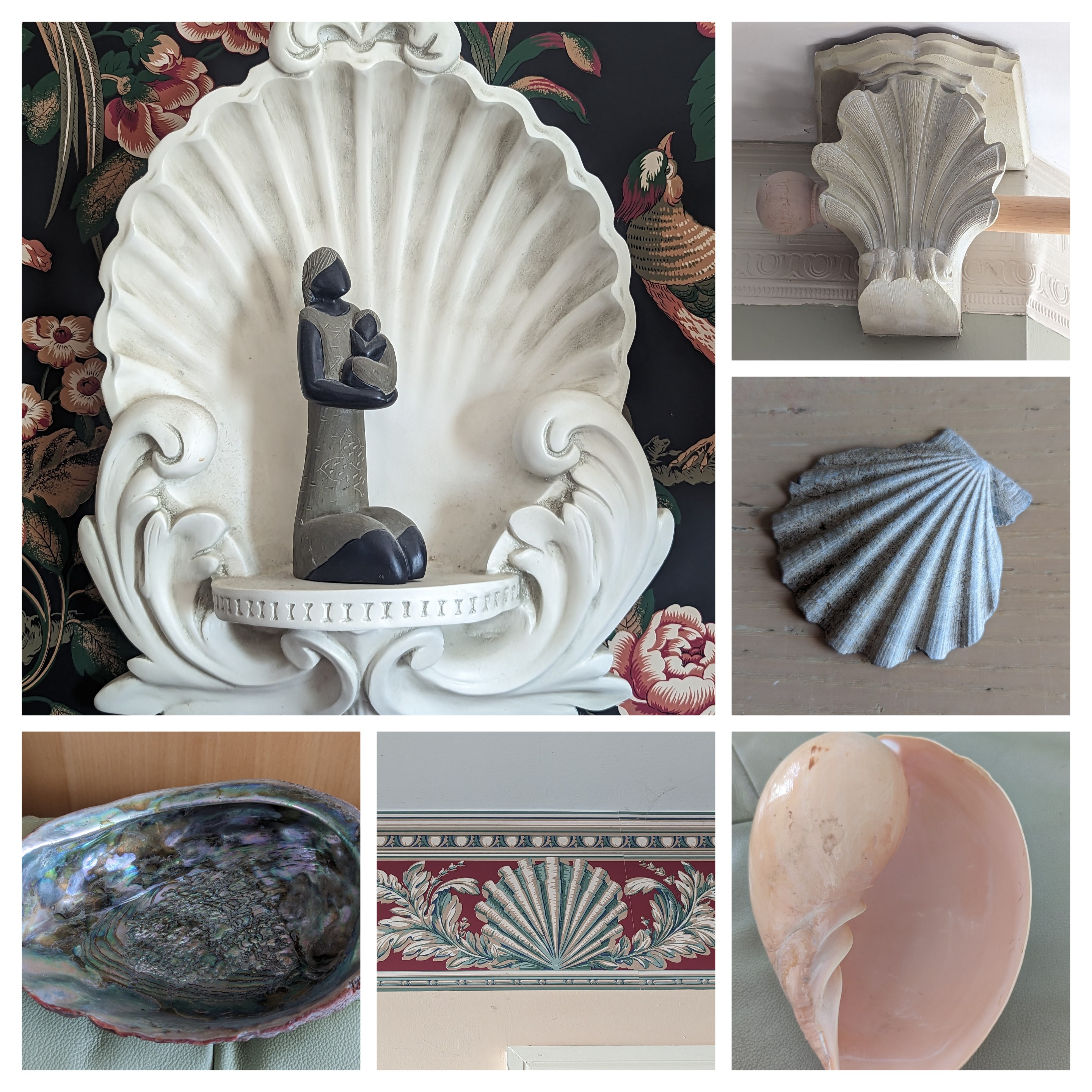 Interior design has a sticky problem. The more successful one is at creating a long-term, livable nest, the less likely that the customer is going to need ongoing purchases, unless they build a new house or addition.
Interior design has a sticky problem. The more successful one is at creating a long-term, livable nest, the less likely that the customer is going to need ongoing purchases, unless they build a new house or addition.
And that's a problem, because interior design is inherently a retail business. For some, design provides a practical way to build comfort in life. For others, it provides a faux psychological sense of completion, acceptance and feng shui.
One "solution": Programs like Pantone's "Color of the Year" and Asian "Lucky Colors of the Year."
+ At their best, they generate new ideas and galvanize focus within an industry or region.
- At their worst, however, they can fuel a false need for retail therapy. (They also can make it very challenging for people desiring colors that are not "hip" to get what ultimately would be the best fit for them and their living spaces.) A company suggesting that you need to "freshen up your space" may be implying that you need to follow someone else's sense of design--but with an ultimate goal that you will spend $$$.
Potential solution: You have more locus of control in design than you may realize.
- Manage psychological challenges for what they are. While I understand the as-yet-unproven science behind color therapy (chromotherapy), no amount of purchases or continual changes to a living space will make you feel better about yourself or about life. Stuff is just stuff.
- Avoid rushing design decisions. As an interior designer, I worked with many new-construction customers forced to make decisions within a single day or two. This often results in bland schemes. One European movie I've seen suggested that one should live in a house a year before making any changes. While that may be extreme, I would certainly suggest living in a house for a season or two: you can see how the light works; you can feel where you'd like to sit in different parts of the day and what you would like to see from that position. You may decide that you don't actually need that addition you were planning for the back of the house.
- Cultivate awareness of motifs, colors/shades, and styles that promote comfort, livability for you and your family. This preparation--often in the form of a "wish binder" (digital or physical) can reduce rushing decisions.
- Consider vintage or antique. This is a sustainable, recycling/reusing choice. It certainly takes a bit longer than walking through a single showroom--but it brings a sense of continuity, a second life for these things.
This collage demonstrates how a love of shells has been subtly introduced as a motif into multiple rooms. These elements are up to 30 years old, yet they continue to bring joy. In this case, vacations can be an inexpensive source of addition to the tableaux, as new shells are collected.
